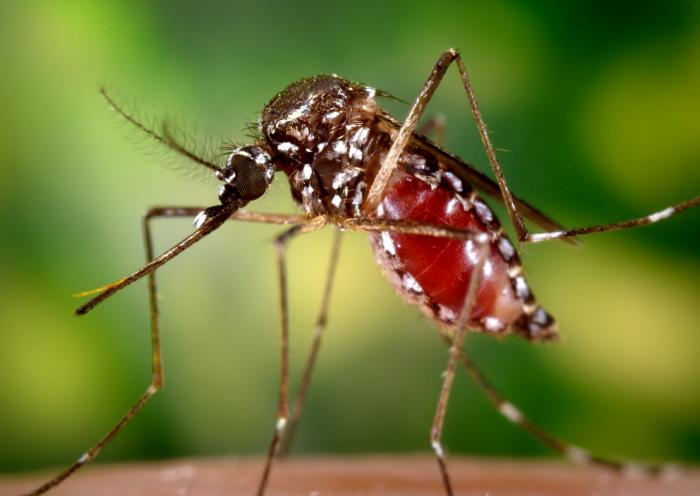Yellow fever: the 2016 outbreak that went almost unnoticed
The yellow fever outbreak in Africa this year came closer to being a disaster than is widely recognized, public health experts recently disclosed. The epidemic also revealed glaring weaknesses in the emergency vaccine supply pipeline.
Ultimately, the yellow fever outbreak was halted only by a huge vaccination campaign that stretched supplies by diluting doses, and even that succeeded only because some unusual donors stepped in.
 Brazil contributed 18 million doses of yellow fever vaccine — three times the amount in the emergency stockpile — to contain the African outbreak. Even South Sudan, one of the world’s poorest nations, gave up 400,000 doses intended for its children.
Brazil contributed 18 million doses of yellow fever vaccine — three times the amount in the emergency stockpile — to contain the African outbreak. Even South Sudan, one of the world’s poorest nations, gave up 400,000 doses intended for its children.
The outbreak, which began last December and appeared to be over as of September, went largely unnoticed because attention was focused on the Zika epidemic. Some aspects were truly frightening, experts said at the annual conference of the American Society of Tropical Medicine and Hygiene in Atlanta in mid-November.
For the first time, the virus reached Asia — a continent with no yellow fever immunity. Ultimately, however, there were only 11 cases in China, all in returnees who had been working in Africa. “It did not get a foothold in Asia, but if it did, it would be a real nightmare,” said Dr. Axelle Ronsse, an emergency medical coordinator for Doctors Without Borders, which led the fight against yellow fever in the Democratic Republic of Congo.
After the first case was detected in Beijing, John P. Woodall, a co-founder of the disease-alert service ProMed-mail, warned that spread in Asia “could make the Ebola and Zika epidemics look like picnics in the park.” More than 100,000 Chinese work in Africa and many, Dr. Woodall noted, come from tropical southern China where Aedes mosquitoes already spread dengue and could spread yellow fever.
Read the full article on The New York Times website.
